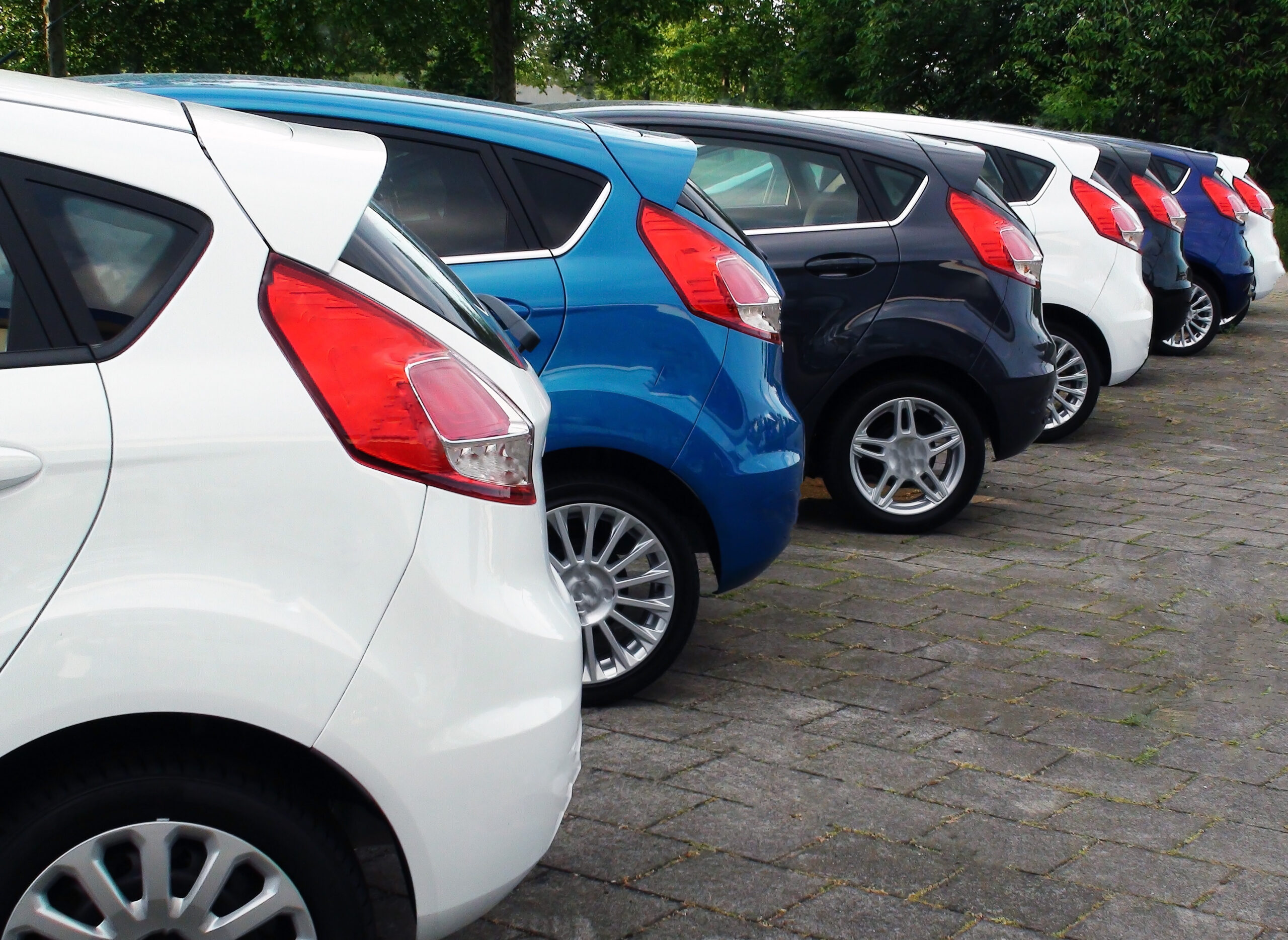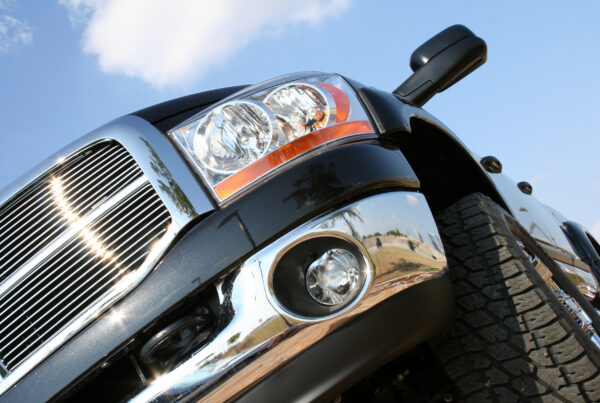New car sales in Australia continue to show signs of promise as the October 2022 market grew 16.2 per cent compared to the same period last year. This month, there were 87,299 new cars sold across the Nation bringing the year-to-date total to 898,429 units sold.
According to Federal Chamber of Automotive Industries (FCAI) Chief Executive Tony Weber, these numbers indicate that car companies are beginning to overcome challenges in supply and delivery.
“Globally, car manufacturers have been heavily impacted by the Covid 19 pandemic. This October figure is a positive sign that supply chains are recovering and consistency is returning to the marketplace, but we still have some way to go before it returns to normal,” Mr Weber said.
Sales across all States and Territories were up. The ACT increased by 17.3 per cent with 1,305 vehicles sold; New South Wales, 10.2 per cent (26,869); Victoria, 24.5 per cent (23,283); Queensland, 16.7 per cent (18,850); the NT, 13.1 per cent (726); South Australia, 12.4 per cent (5,564); Tasmania, 25.1 per cent (1,652); and Western Australia, 22.5% (9,050).
Toyota led the market with a total of 18,259 vehicles sold. Ford was second with 7,823, followed by Kia (6,380), Mitsubishi (5,982) and Hyundai (5,289).
The Ford Ranger was the highest selling model with 5,628 sales reported. The Toyota Hi-Lux followed with 4,890. Toyota’s Rav4 was third with 3,222 followed by Mazda’s CX-5 (2,352) and MG’s ZS (2,293).
SUVs were among the biggest sellers this month with 48,463 units sold. This is followed by Light Commercial vehicles with 21,447 units sold then by passenger vehicles (13,321), and lastly by heavy commercial vehicles (4,068).
Meanwhile, 2,098 electric vehicles were sold this month, up 355 per cent on the same month last year. This represents 2.4 per cent of all new cars sold in October, or 2.7 per cent since the start of the year.
“It is important to note the continuing, strong preference for SUV and Light Commercial vehicles in Australia. Consumer preference for these vehicles needs to be considered when charting any policy designed to increase the uptake of zero emission vehicles. This is particularly critical given the low availability and high price points of zero and low emission models in these segments,” Mr Weber said.
“We look forward to working with governments to provide practical guidance on how emissions from light vehicles can be reduced within this context,” Mr Weber added.
Did you find this article interesting? Give it a ‘like’ by clicking the ‘heart’ button above!




















